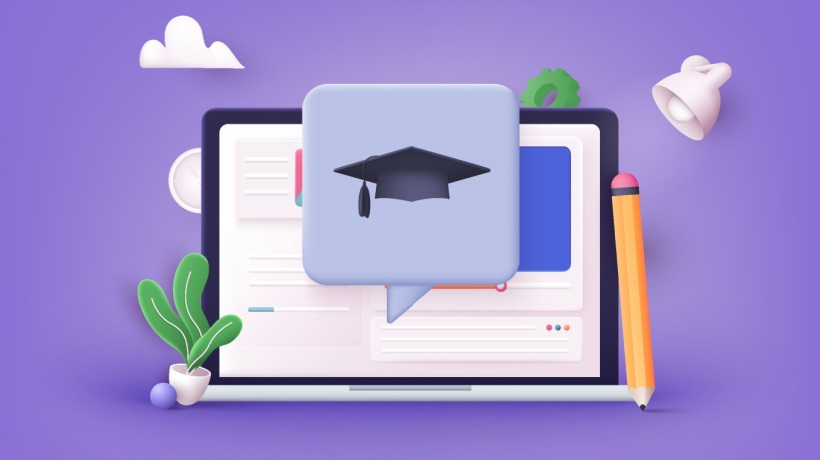Discovering The Value Of Online Learning Apps
Online learning apps can be used on a variety of devices, such as smartphones, tablets, and computers, and are designed to provide students with flexible and personalized learning experiences.
The Top 10 Benefits
1. Flexibility
Online learning apps offer flexible learning options that allow students to learn at their own pace, place, and time. This is particularly beneficial for working professionals, parents, and students who have other commitments.
2. Accessibility
Online learning apps enable access to educational content and resources from anywhere in the world, as long as there is an internet connection. This means that students from remote areas or those who are unable to attend traditional classes can still access quality education.
3. Customization
These apps offer personalized learning experiences that cater to the individual needs and interests of each student. This can improve engagement and retention rates among learners.
4. Cost-Effectiveness
Online learning apps can significantly reduce the cost of education by eliminating the need for physical classrooms, textbooks, and other resources. This makes education more affordable and accessible to a wider audience.
5. Gamification
Online learning apps often incorporate gamification elements such as points, badges, and leaderboards to motivate and engage learners. This can make learning more enjoyable and rewarding.
6. Real-Time Feedback
Online learning apps provide real-time feedback to students on their progress, allowing them to identify areas where they need improvement and adjust their learning accordingly.
7. Interactive Learning
Online learning apps offer interactive learning experiences through features such as videos, animations, and simulations, which can enhance the learning experience and improve understanding.
8. Global Reach
Online learning apps provide access to global education, enabling students to learn from experts and educators from around the world. This can broaden their perspectives and expose them to new ideas and cultures.
9. Career Advancement
Online learning apps offer courses and programs that can help students acquire new skills and knowledge that can lead to career advancement and professional education app development.
10. Environmentally Friendly
Online learning apps are environmentally friendly as they reduce the need for physical resources such as textbooks and paper. This can help reduce the carbon footprint of education and promote sustainable development.
Online Learning Website Development Step By Step
Developing an online learning website requires careful planning and execution. Here are some key steps to consider:
- Define the purpose and target audience
Determine the goals and objectives of your online learning website and the audience you want to reach. This will help you tailor your content and features to meet their needs. - Choose a platform
Select a platform that best suits your needs, such as WordPress, Moodle, or LearnDash. Consider factors such as ease of use, scalability, and customization options. - Design the website
Create an appealing and user-friendly website design that is easy to navigate and visually appealing. This can include selecting a color scheme, creating a logo, and choosing appropriate fonts. - Create content
Develop high-quality content, such as videos, eBooks, quizzes, and assessments, that aligns with your learning objectives and engages your audience. - Build a Learning Management System
Set up a Learning Management System (LMS) to manage your online courses, track student progress, and deliver content. - Implement payment and registration systems
Integrate payment and registration systems that allow students to enroll in courses, make payments, and receive course materials. - Test and launch the website
Conduct thorough testing to ensure that the website is functioning properly, and launch the website once all systems are in place. - Market the website
Develop a marketing strategy to promote your online learning website through social media, email campaigns, and other channels to attract potential students. - Monitor and improve
Regularly monitor student engagement, feedback, and performance data to improve the learning experience and make necessary adjustments.
Overall, developing an online learning website requires careful planning and execution to deliver a high-quality, engaging, and effective learning experience for students.
Conclusion
In conclusion, the development of online learning apps offers numerous benefits in 2023. These include flexibility, accessibility, customization, cost-effectiveness, gamification, real-time feedback, interactive learning, global reach, career advancement, and environmental friendliness. As the world becomes more digital, online learning apps provide an effective and efficient way to deliver quality education to a wider audience, regardless of their location or background. By leveraging the advantages of technology, online learning apps can enhance the learning experience and promote lifelong learning.

